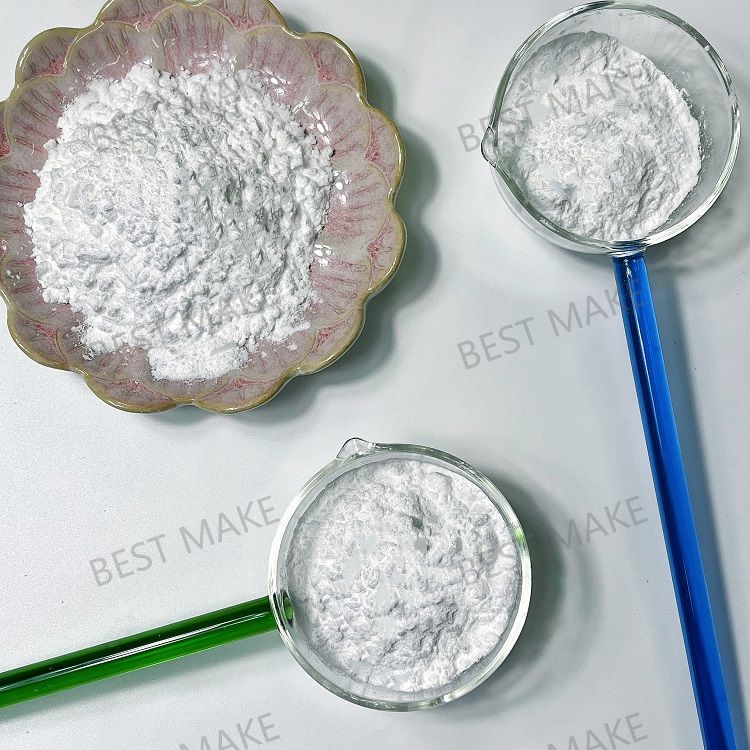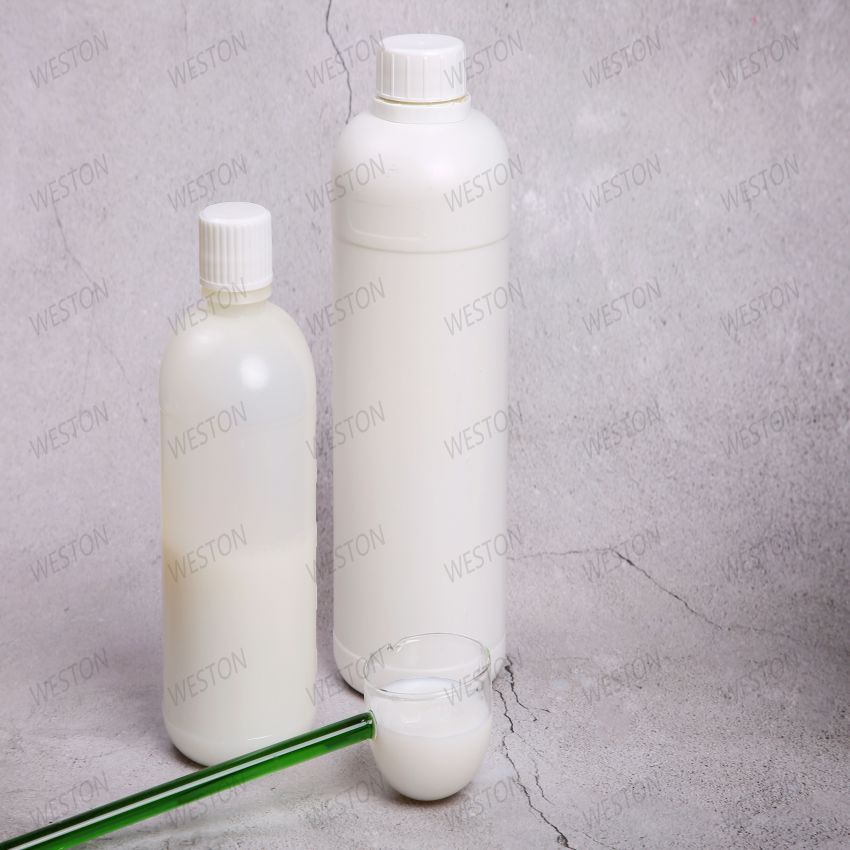-
Categories
-
Pharmaceutical Intermediates
-
Active Pharmaceutical Ingredients
-
Food Additives
- Industrial Coatings
- Agrochemicals
- Dyes and Pigments
- Surfactant
- Flavors and Fragrances
- Chemical Reagents
- Catalyst and Auxiliary
- Natural Products
- Inorganic Chemistry
-
Organic Chemistry
-
Biochemical Engineering
- Analytical Chemistry
- Cosmetic Ingredient
-
Pharmaceutical Intermediates
Promotion
ECHEMI Mall
Wholesale
Weekly Price
Exhibition
News
-
Trade Service
On June 14, Changzhou Leighton Machinery Parts Co.
, Ltd.
developed irradiated rubber hoses for the first time in China, breaking through the foreign technical blockade in this field and changing the situation
that only a few companies in the United States, Germany and Italy could produce irradiated rubber hoses.
Compared with traditional rubber hoses, a series of physical properties such as dielectric, heat resistance, low temperature resistance, odor chlorine resistance and weather resistance of irradiated rubber hoses are much better than similar products, which can significantly improve
the safety performance of downstream products such as wires and cables.
Due to the fact that there was no electronic irradiation cross-linked rubber hose in China before, and foreign countries adopted a blockade of its formulation process, Leighton could only explore
the road of innovation alone.
By visiting raw material customers and visiting electronic irradiation companies, they selected raw materials from more than a dozen raw materials, combined with the characteristics of the welding and cutting industry, and finally finalized the technical solution
made of EPDM rubber (EPDM) as the base material, mixed with polypropylene (PP) and other raw and auxiliary materials, and then processed by electronic irradiation companies after the product was formed.
EPDM was chosen as the base material because it has excellent aging resistance and media resistance, but its strength is not high
.
It was found that PP and EPDM were blended in a certain proportion, and the resulting blend had the advantages of both, which not only maintained the high elasticity of EPDM, but also overcame the problem
that EPDM could not be plasticized and granulated on the twin-screw extruder.
The blend has excellent mechanical properties, good stress crack resistance and wear resistance, and good processability
.
At the same time, the formula does not contain magnesium oxide, which is highly absorbent, and greatly improves the water absorption performance
of the hose.
Since then, Leighton has solved many problems in the process of mixing, granulation, pipe making and other processes in the production process of irradiated rubber hoses, and has developed irradiated rubber hoses
after several years of hard work in the absence of successful cases in China.
At present, irradiated rubber hoses are increasingly used, not only in the welding and cutting industry, but also in the robot industry as wire bushings, as well as moving parts bushings and high-grade seals
.
(Work)







